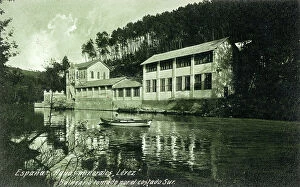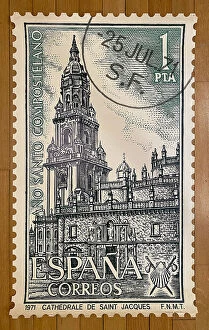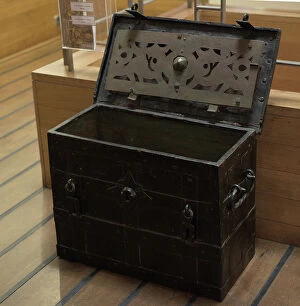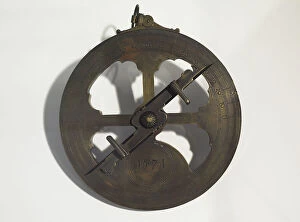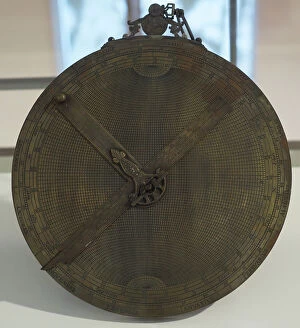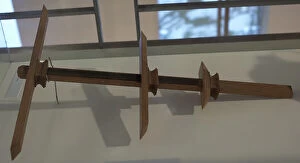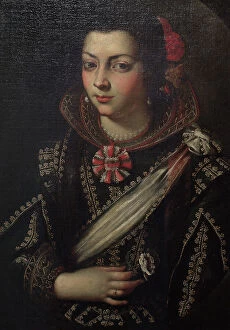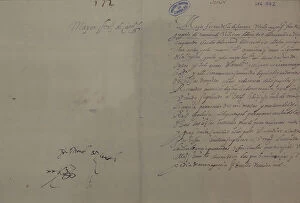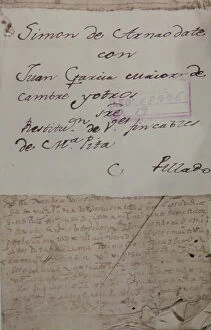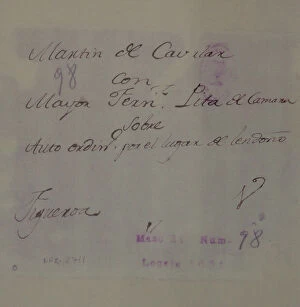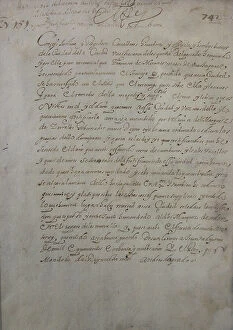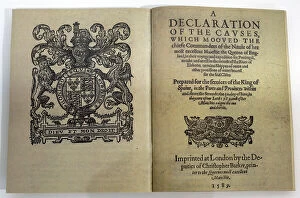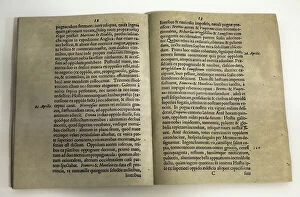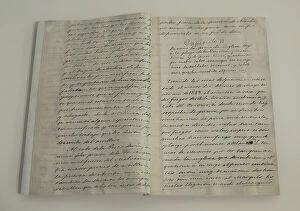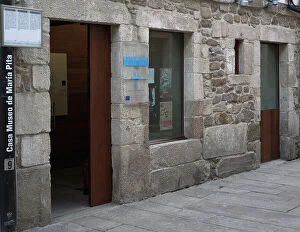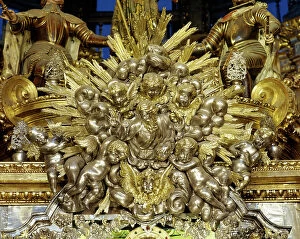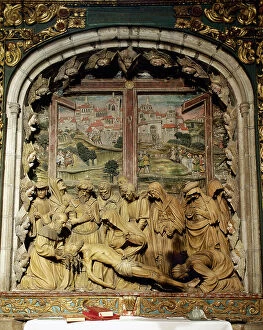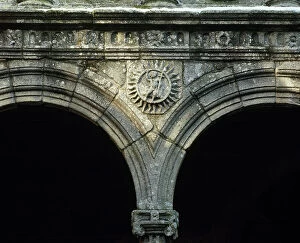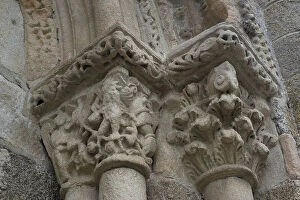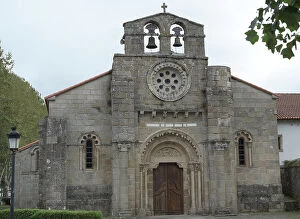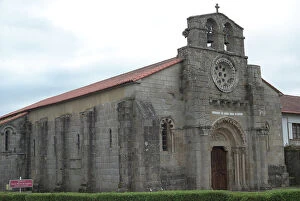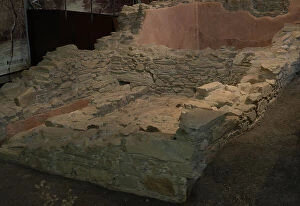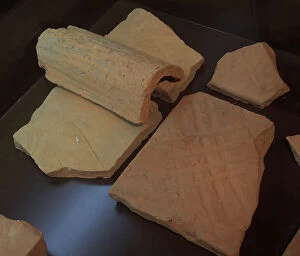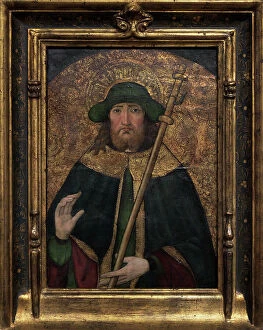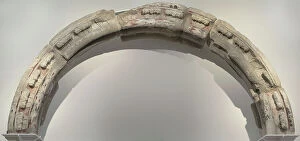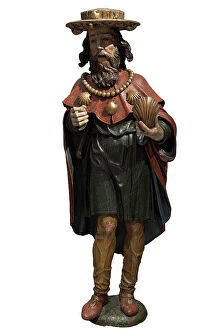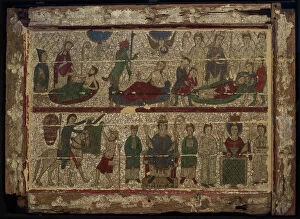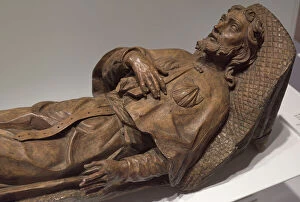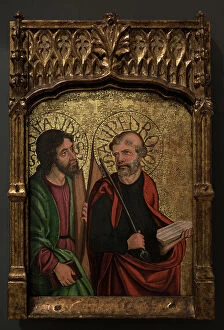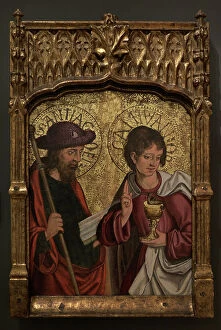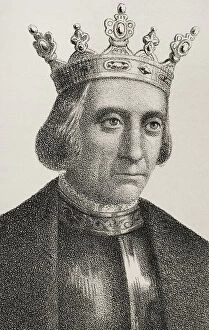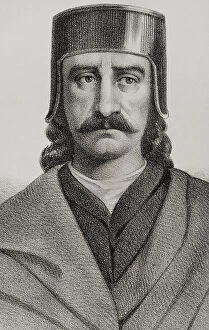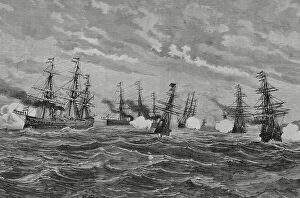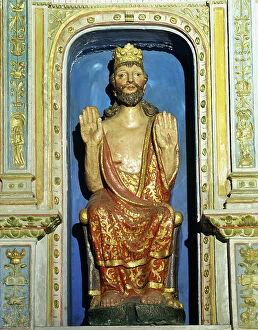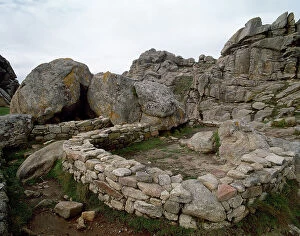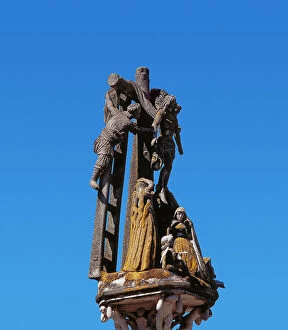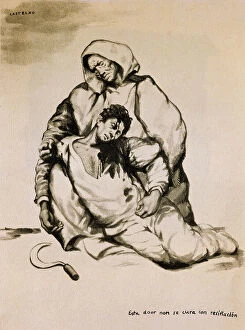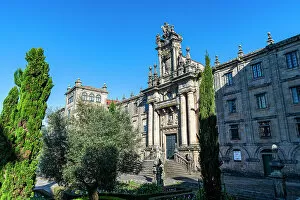Galicia Collection (page 6)
Galicia: A Land of Pilgrimage, Tradition, and Natural Beauty Nestled in the northwestern corner of Spain lies Galicia, a region steeped in history and enchantment
For sale as Licensed Images
Choose your image, Select your licence and Download the media
Galicia: A Land of Pilgrimage, Tradition, and Natural Beauty Nestled in the northwestern corner of Spain lies Galicia, a region steeped in history and enchantment. Known for its famous El Camino pilgrimage to Santiago de Compostela, Galicia attracts thousands of pilgrims from all corners of the globe. The Cathedral of Santiago de Compostela stands as a majestic symbol at the end of this sacred journey, welcoming weary travelers with open arms. As one explores Galicia's traditional provinces, it becomes evident that this land has witnessed countless chapters in Spain's rich history. Engravings depicting Roman Walls & Cathedral in Lugo transport us back to ancient times when these structures stood as testaments to Roman power. Even lithographs from 1877 remind us of Galicia's connection to the Austro-Hungarian Empire and Habsburg Monarchy. But Galicia is not just about historical landmarks; it also boasts breathtaking natural landscapes. From orange sunsets casting silhouettes on Hercules Tower to fishing boats dotting Darsena Marina in La Coruna City, nature paints an awe-inspiring picture here. The rugged beauty along Finisterre - Camino de Santiago de Compostela leaves visitors spellbound as they witness where land meets sea. Speaking of lighthouses, The Tower of Hercules Lighthouse stands tall and proud in La Coruna City—a testament to human ingenuity and resilience against the forces of nature. Its beacon guides ships safely through treacherous waters while adding charm to Galician coastal vistas. Whether you are seeking spiritual enlightenment or simply yearning for an escape into nature's embrace, it offers something truly special. It beckons adventurers with its mystical allure—the perfect blend between tradition and natural wonders that will leave an indelible mark on your soul.

